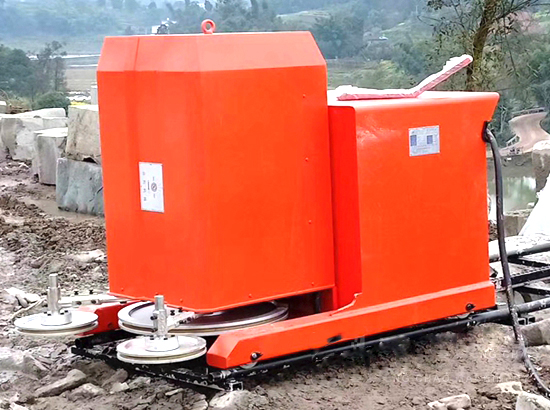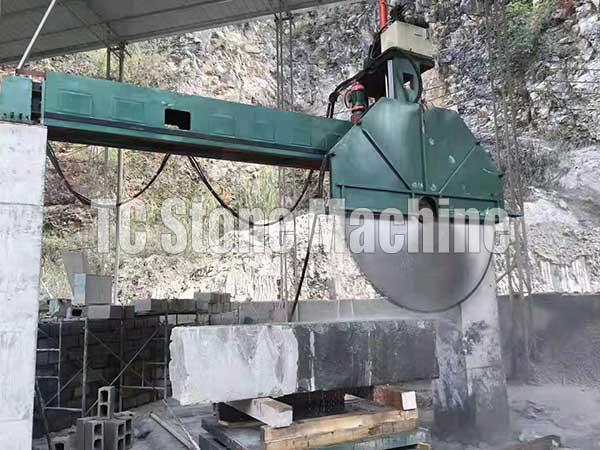Water Cutting Rock
Water Cutting Rock: A Natural Phenomenon
Water cutting rock is a fascinating natural phenomenon that occurs when water flows over rock surfaces, creating distinct patterns and shapes over time. From the Grand Canyon to the Rocky Mountains, water has carved out some of the most stunning geological features known to man. In this article, we will explore the process behind water cutting rock, the different types of rock formations created, and the impact of this process on the environment.The Process Behind Water Cutting Rock
The process of water cutting rock is one of nature's most powerful forces, and it has been shaping the Earth's surface for millions of years. When water flows over a rock surface, it erodes the rock by slowly removing small particles of sediment. This process can take place over a long period of time, creating deep canyons, valleys, and other unique rock formations.
Types of Rock Formations Created
Water cutting rock creates a variety of distinct rock formations, each with their own unique characteristics. One of the most common formations created is a waterfall, which can be found in many different parts of the world. Other formations include canyons, gorges, and valleys, which are often created by the long-term erosion of rock surfaces.The Impact of Water Cutting Rock on the Environment
 While water cutting rock can create some of the most awe-inspiring geological features on the planet, it can also have a significant impact on the environment. The erosion of rock surfaces can lead to soil erosion, sediment buildup in rivers and lakes, and even the destruction of habitats for wildlife. It is important to recognize that while the process of water cutting rock is natural, the impact it has on the environment can be significant and long-lasting.
While water cutting rock can create some of the most awe-inspiring geological features on the planet, it can also have a significant impact on the environment. The erosion of rock surfaces can lead to soil erosion, sediment buildup in rivers and lakes, and even the destruction of habitats for wildlife. It is important to recognize that while the process of water cutting rock is natural, the impact it has on the environment can be significant and long-lasting.
Protecting Rock Formations from Water Erosion
 While we cannot stop the natural process of water cutting rock, there are steps we can take to protect rock formations from erosion. These include creating barriers to prevent water from flowing over sensitive areas, implementing erosion control measures to prevent sediment from building up in rivers and lakes, and developing sustainable land-use practices to protect the natural environment.
While we cannot stop the natural process of water cutting rock, there are steps we can take to protect rock formations from erosion. These include creating barriers to prevent water from flowing over sensitive areas, implementing erosion control measures to prevent sediment from building up in rivers and lakes, and developing sustainable land-use practices to protect the natural environment.
Conclusion
 Water cutting rock is one of nature's most fascinating processes, shaping the Earth's surface in ways that are both beautiful and awe-inspiring. While it is important to appreciate the natural wonders created by water cutting rock, it is equally important to recognize the impact this process can have on the environment. By taking steps to protect our natural resources and implement sustainable land-use practices, we can work to ensure that the beauty of water cutting rock is preserved for generations to come.
Water cutting rock is one of nature's most fascinating processes, shaping the Earth's surface in ways that are both beautiful and awe-inspiring. While it is important to appreciate the natural wonders created by water cutting rock, it is equally important to recognize the impact this process can have on the environment. By taking steps to protect our natural resources and implement sustainable land-use practices, we can work to ensure that the beauty of water cutting rock is preserved for generations to come. Request for Quotation
[contact-form-7 id="59" title="Contact form 1"]




